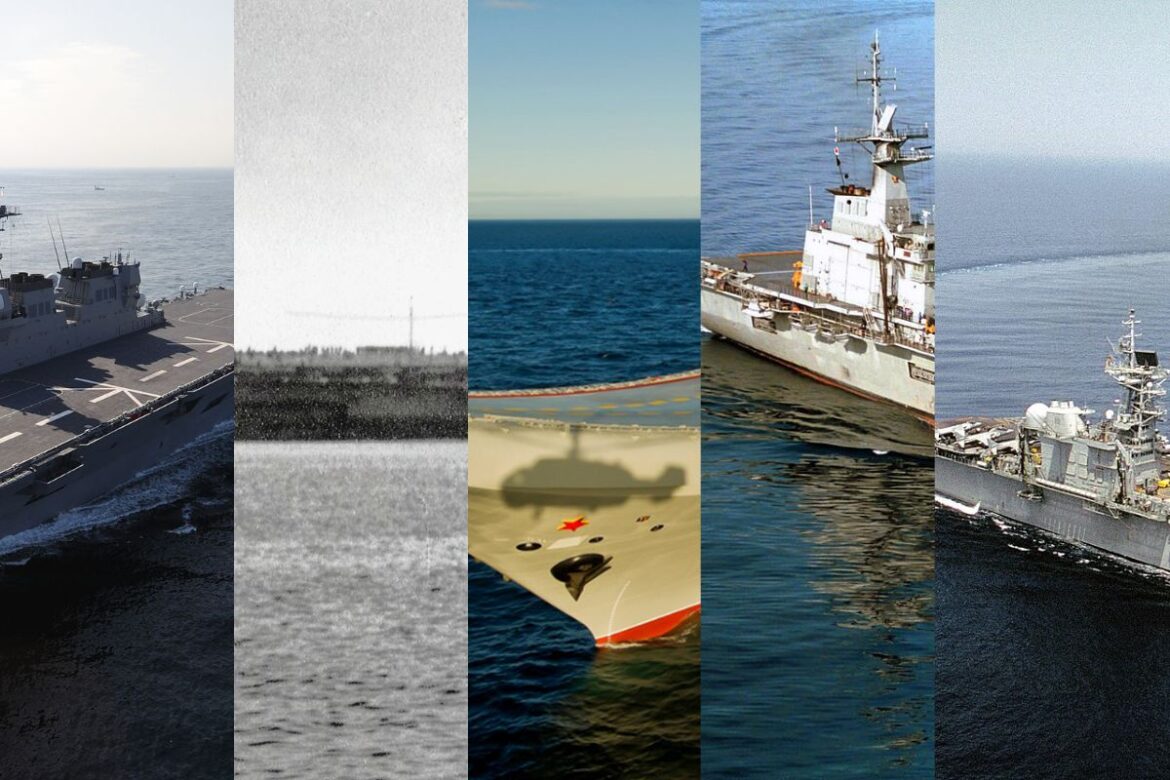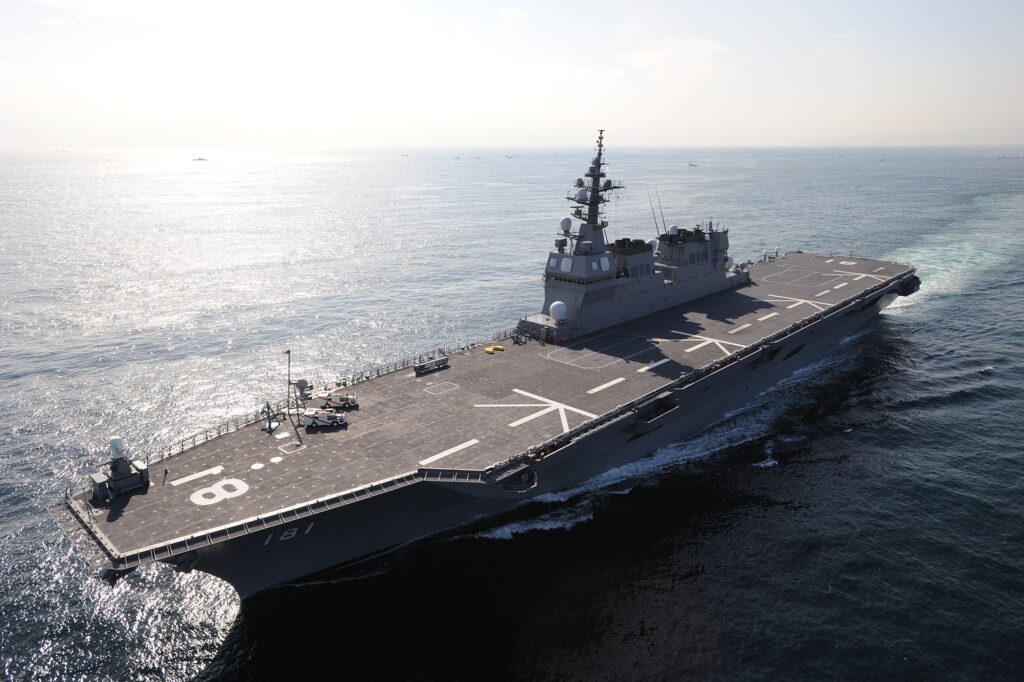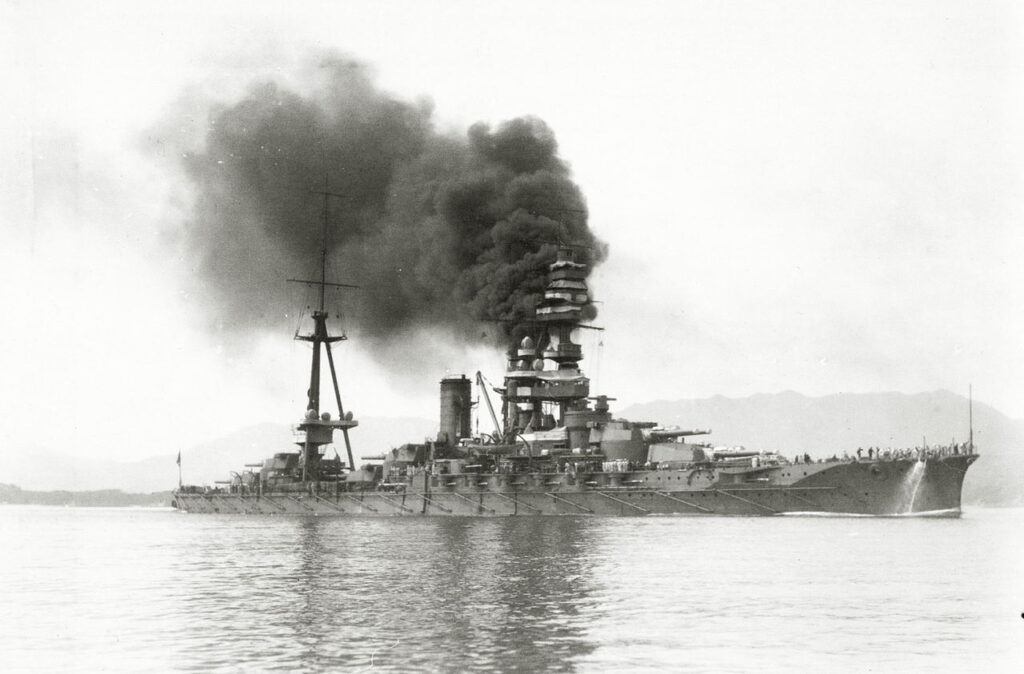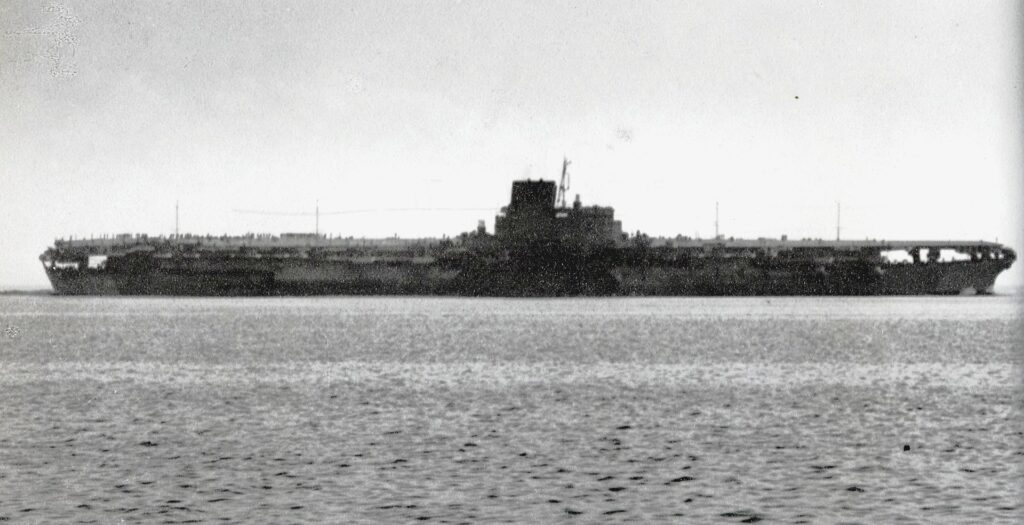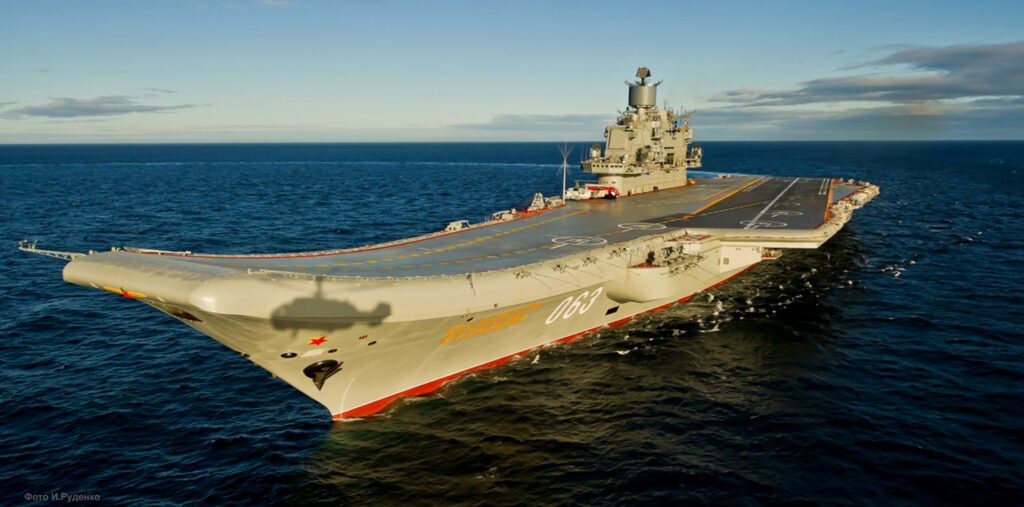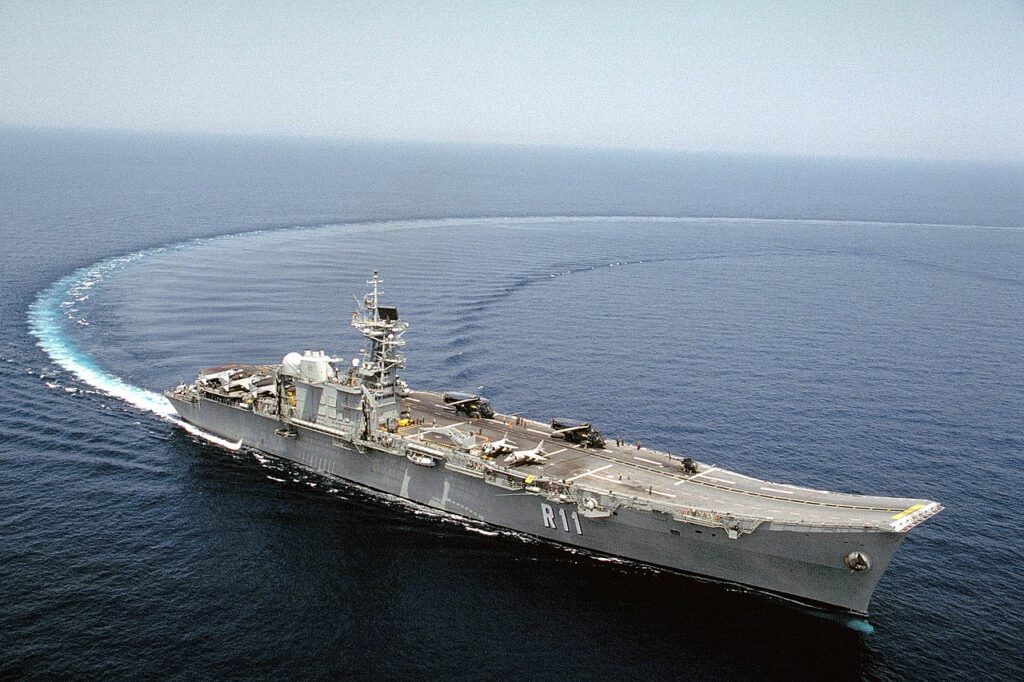Jimmy Stewart, a skilled pilot, and a devoted patriot insisted on taking part in an airstrike against VC sites in 1966 by piloting B-52F 57-0149 on a mission
The B-52 provided crucial Cold War support by standing ready to fly atomic strikes against the USSR with a succession of increasingly more deadly weapons. It was built to form the core of Strategic Air Command’s nuclear deterrence.
Stratofortress aircraft were sent to Southeast Asia in 1965 and served as the mainstay of the USAF’s bombing campaign in Vietnam, Cambodia, and Laos. During Operation Arc Light in June 1965, the aircraft engaged in its first aerial combat over the Vietnam jungles.
Although the region’s first B-52s deployed were B-models, the B-52F, a superior variant, was the first to see combat service.
Even in 1966, the Vietnam War was divisive and not something a Hollywood actor focused on advancing his career could be considered to endorse too strongly. The B-52F deployment was therefore doubly pleased when a USAF Reserve brigadier general arrived at Andersen AFB as part of a two-week inspection tour, as described by Jon Lake in his book B-52 Stratofortress Units in Combat 1955-73. That officer was none other than Jimmy Stewart. In 1959, as his time in the USAF was concluding, he was promoted to brigadier general in the USAF Reserve.
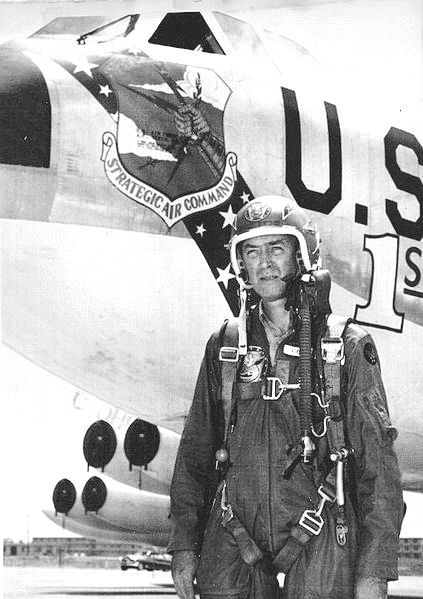
Stewart asked for a combat deployment during his two weeks of active duty in 1966, and he was accordingly despatched on an inspection tour of Vietnam, where his stepson, 1Lt Ronald McLean, had only recently died at the age of 24. Stewart, a skilled pilot, and a devoted patriot insisted on taking part in a bombing strike against VC sites while piloting B-52F 57-0149.
Stewart had a spectacular and illustrious military career, despite being best known to the general public as a Hollywood actor. He volunteered for service in 1940 after recognizing the approaching war clouds and joined the USAAC in March 1941, which was more than nine months before the Japanese attack on Pearl Harbor and the US’s entry into the conflict. Stewart, who was 33 years old and too old to be an aviation cadet, used his own aircraft—a Stinson 105—to accrue flight time until he was old enough to be admitted as an experienced pilot. According to the Army Air Corps doctors, the gangly Stewart was also underweight. He binged until he gained the ten pounds required to meet the Army’s minimal weight requirement.
Stewart, who had previously flown BT-13s as an instructor and later twin-Beeches and Boeing B-17s, was compelled to serve in overseas warfare and took great efforts to overcome government reluctance to put him in danger and avoid the propaganda responsibilities that were assigned to him.
Capt. Stewart, a B-24 pilot from Tibenham, Norfolk, who had been assigned to the 445th BG as the operations officer, led the unit during a 1,000-bomber attack against Berlin on March 22, 1944, before rising to the commander of the 703rd BS. After the 453rd BG sustained significant losses, Stewart was assigned to it. With him as operations officer and a new CO in charge, the 453rd’s proficiency rate on raids improved, moving it up the list of Eighth Air Force units from near the bottom to near the top.
In July 1944, Stewart was appointed full colonel and assigned as the 2nd BW’s chief of staff. In the spring of 1945, Stewart was promoted as the wing CO. Against targets such as Brunswick, Bremen, Frankfurt, Schweinfurt, and Berlin, he performed 20 bombing missions over Germany. His awards include the Croix de Guerre (with palm), two Distinguished Flying Crosses, a string of oak leaf clusters, seven battle stars, and an Air Medal. To maintain his reputation as an officer who was incredibly diligent, conscientious, and dedicated, Stewart took care to avoid being remembered for who he was before the war rather than for what he was doing in the military.
Stewart continued to take his duties as a member of the Air Force Reserve very seriously even after picking up his acting career again, making sure that he flew the B-36, B-47, B-52, and B-58. He had been a diligent study of bomber tactics and doctrine during the war and had become quite knowledgeable about and enthusiastic about daylight precision bombing. The respected brigadier general’s exposure to the carpet bombing of nearby targets in Vietnam must have surprised him somewhat.
B-52 Stratofortress Units in Combat 1955-73 is published by Osprey Publishing and is available to order here.
Photo by U.S. Air Force via This Day in Aviation and San Diego Air & Space Museum









